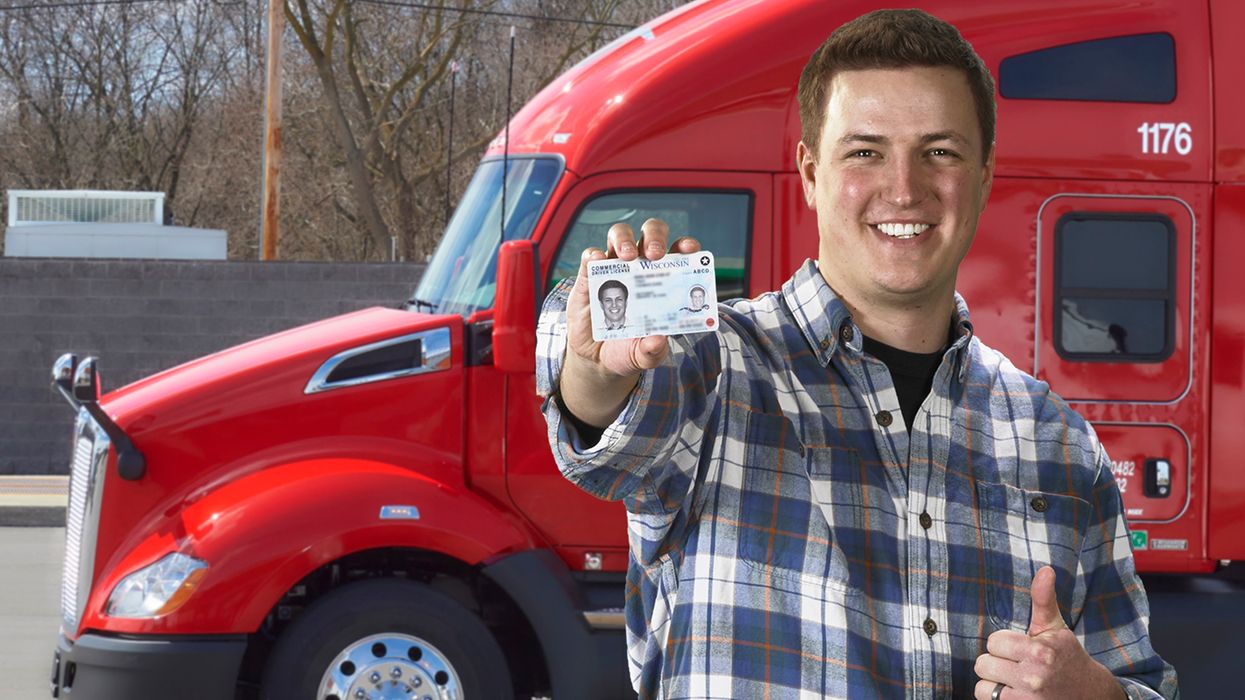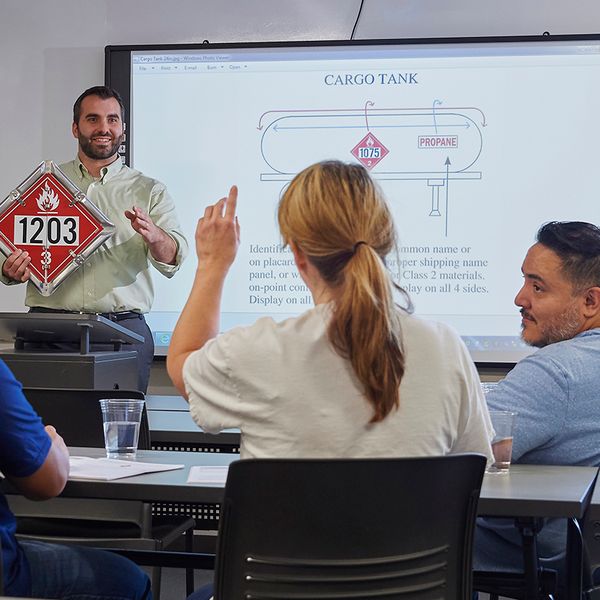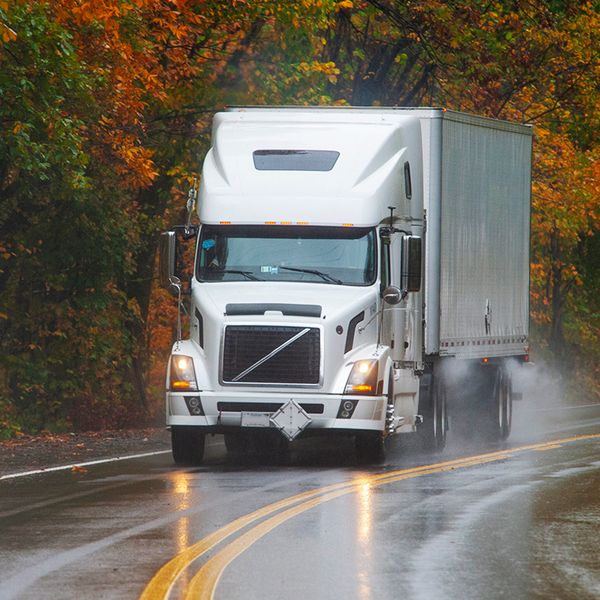Confused about the hazmat endorsement? We’ve got you covered!
The hazmat endorsement is required only if the vehicle is transporting a type and quantity of a hazardous material that requires the display of placards. Sounds easy enough, right? This regulation is often misinterpreted and not used correctly.
Sometimes, simply having a commercial driver’s license (CDL) is not enough to operate certain types of commercial motor vehicles. Drivers hauling special commodities need extra endorsements on their licenses. Individual endorsements provide proof that a driver has received additional training or vetting to haul a commodity or type of vehicle.
Obtaining a hazmat endorsement
The process for obtaining a hazardous materials (hazmat) endorsement requires a little patience and time. The process requires a driver to undergo a hazmat endorsement background check. The driver’s name and fingerprints will be sent to the Department of Homeland Security (DHS), which will make sure that the driver does not pose a security risk. Also, the driver needs to meet immigration standards and have a clean criminal and mental-health record.
The Federal Motor Carrier Safety Administration’s (FMCSA) entry level driver training (ELDT) rule took effect in February of 2022. An individual obtaining a hazmat endorsement for the first time must complete specific theory instruction prior to taking the required knowledge test. The training must be provided by a school or entity listed on the FMCSA’s Training Provider Registry (TPR).
These requirements are in place because drivers that are hauling hazmat are transporting some of the most dangerous cargo on the road. Before sending a driver through the hazmat endorsement process, you must ensure that the driver must obtain the hazmat endorsement in the first place. Did you know that hauling hazmat does not automatically mean a driver will require the hazmat endorsement?
What are the rules?
A CDL hazmat endorsement is required when a driver is hauling hazmat that must be placarded or when the driver is hauling a select agent or toxin. A CDL hazmat endorsement is not required if a hazmat load does not require placarding. The basic rule of thumb is that no placards mean no hazmat endorsement is required.
However, the hazardous materials regulations allow placarding even if it is not required, and it is called permissible placarding. In these situations, a placard would be voluntarily displayed, and no hazmat endorsement would be required.
Always plan ahead
Knowing whether a driver needs a hazmat endorsement will protect your drivers and ensure that they are compliant while transporting placarded hazmat loads.
If you’ve determined that your driver requires a hazmat endorsement, you may want to get started right away. The process for obtaining the hazmat endorsement can take several weeks. In the meantime, make sure drivers do not transport a load of placarded hazmat without the hazmat endorsement.
Key to remember: A hazmat endorsement is required when a driver is hauling hazmat that must be placarded.


















































